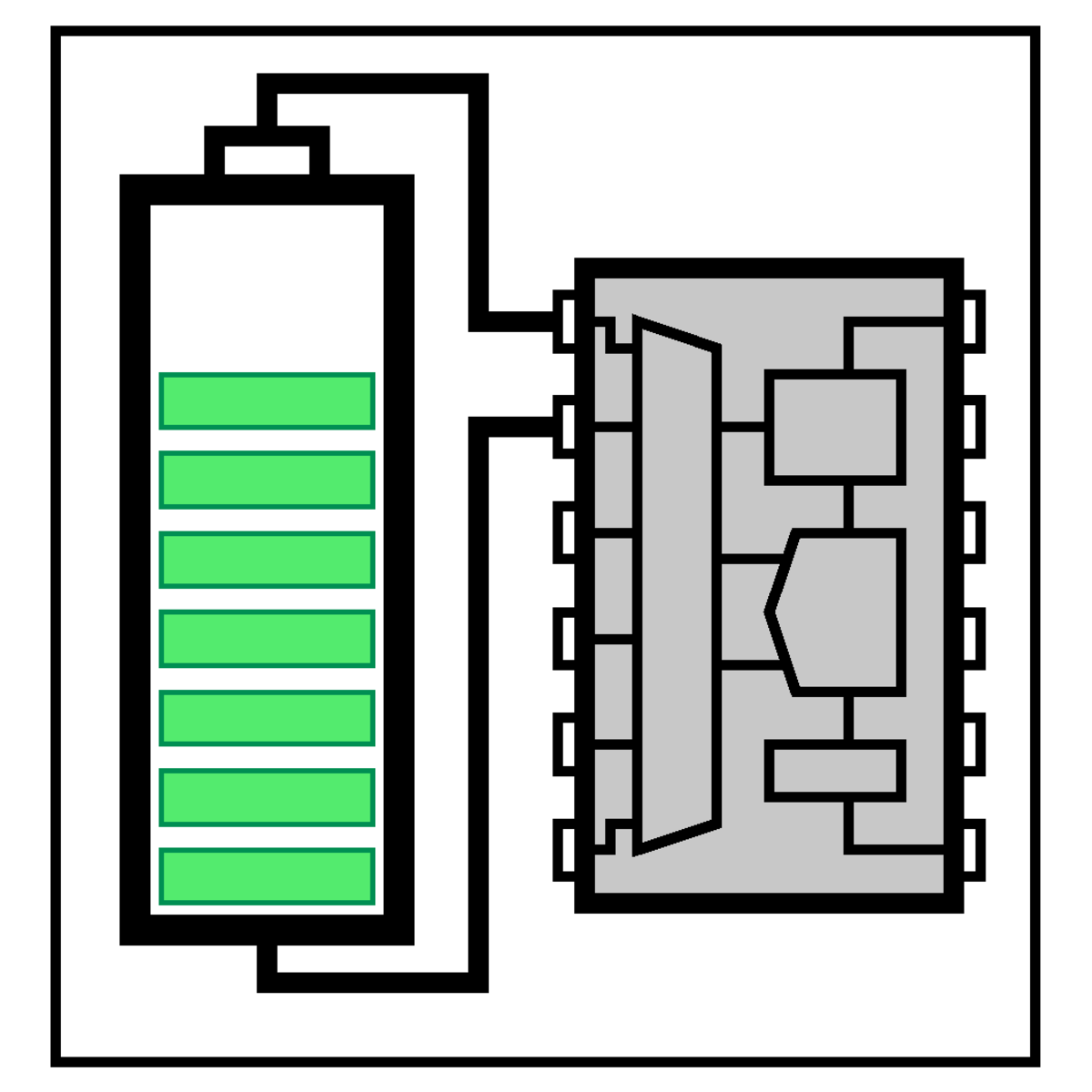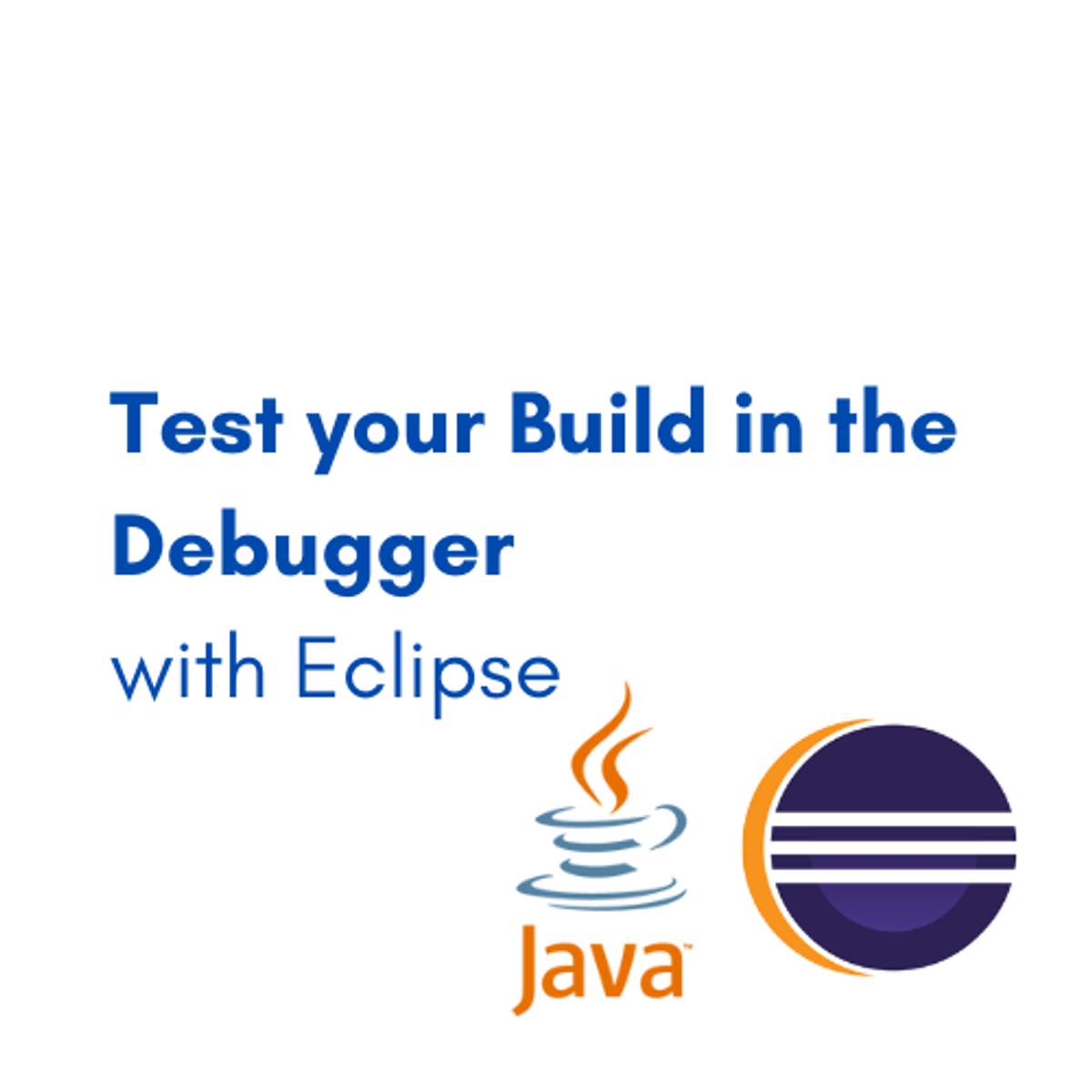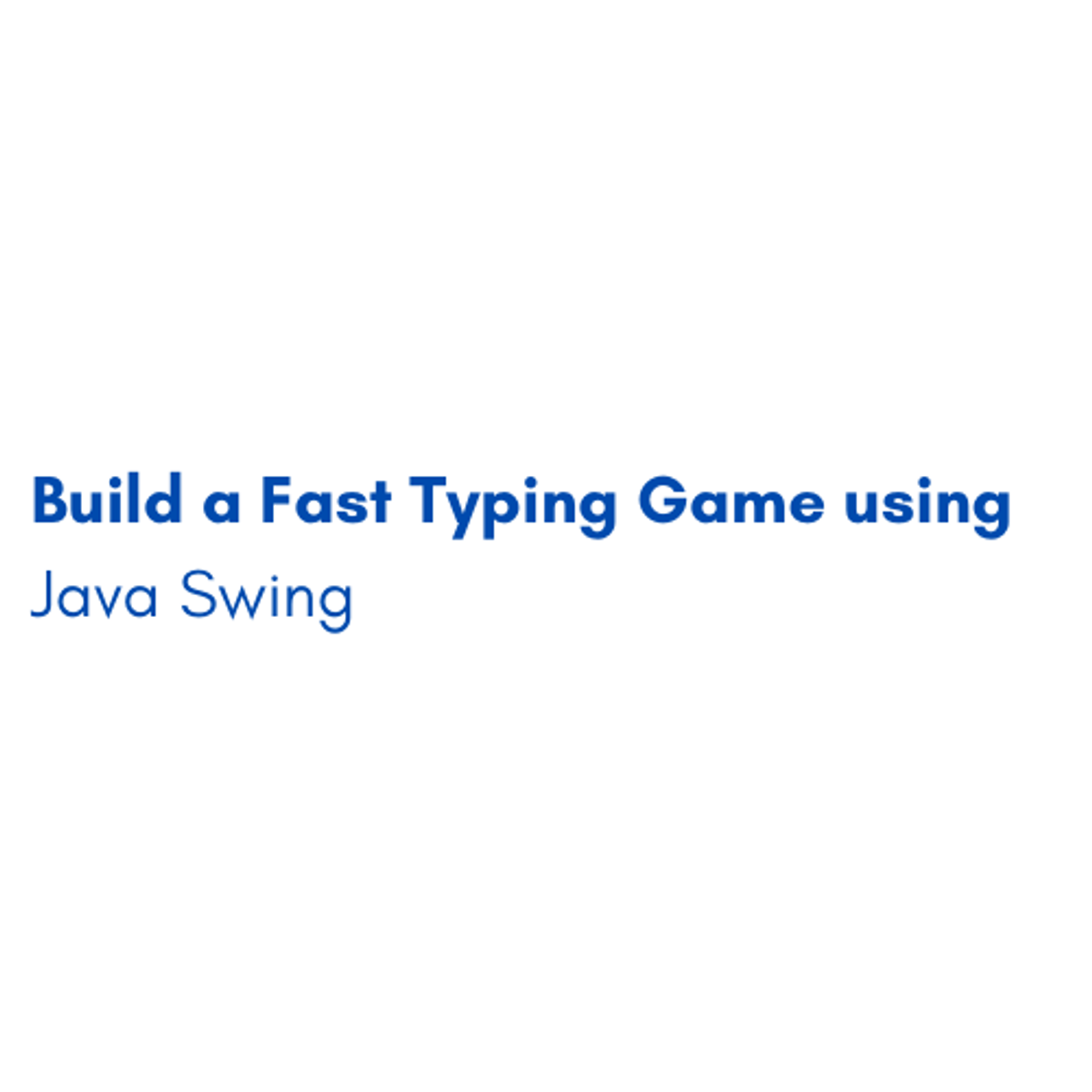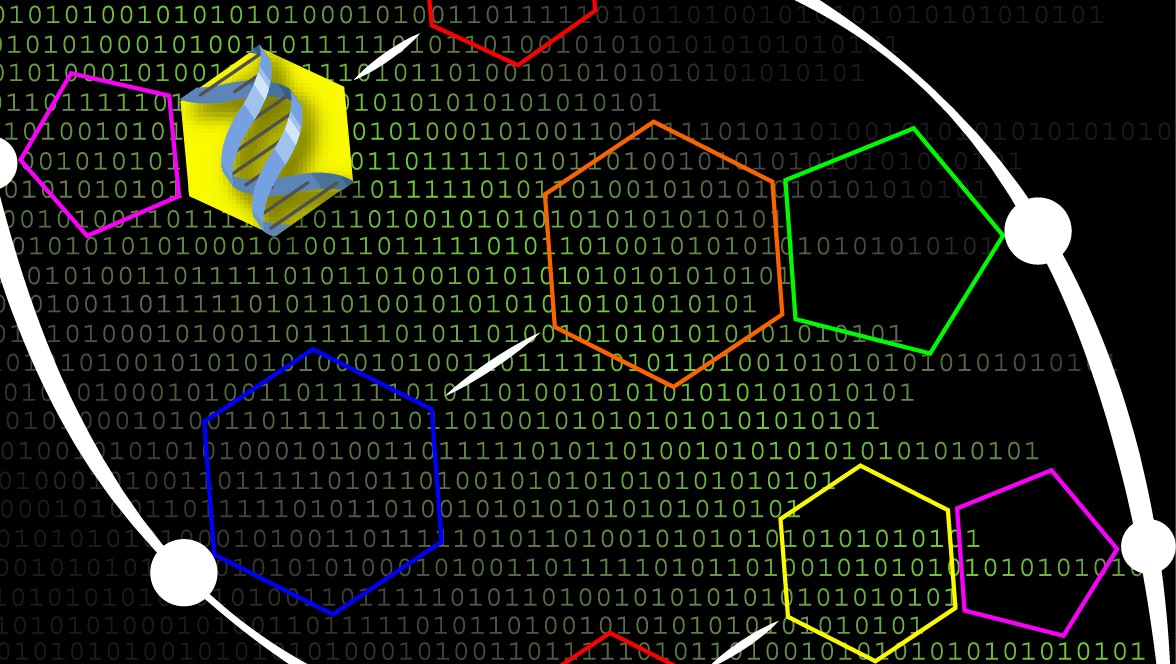Back to Courses









Algorithms Courses - Page 30
Showing results 291-300 of 326

Bioinformatics Capstone: Big Data in Biology
In this course, you will learn how to use the BaseSpace cloud platform developed by Illumina (our industry partner) to apply several standard bioinformatics software approaches to real biological data.
In particular, in a series of Application Challenges will see how genome assembly can be used to track the source of a food poisoning outbreak, how RNA-Sequencing can help us analyze gene expression data on the tissue level, and compare the pros and cons of whole genome vs. whole exome sequencing for finding potentially harmful mutations in a human sample.
Plus, hacker track students will have the option to build their own genome assembler and apply it to real data!
Preparing for the SAS Programming Certification Exam
In this course you have the opportunity to use the skills you acquired in the two SAS programming courses to solve realistic problems. This course is also designed to give you a thorough review of SAS programming concepts so you are prepared to take the SAS Certified Specialist: Base Programming Using SAS 9.4 Exam.

Advanced Data Structures in Java
How does Google Maps plan the best route for getting around town given current traffic conditions? How does an internet router forward packets of network traffic to minimize delay? How does an aid group allocate resources to its affiliated local partners?
To solve such problems, we first represent the key pieces of data in a complex data structure. In this course, you’ll learn about data structures, like graphs, that are fundamental for working with structured real world data. You will develop, implement, and analyze algorithms for working with this data to solve real world problems. In addition, as the programs you develop in this course become more complex, we’ll examine what makes for good code and class hierarchy design so that you can not only write correct code, but also share it with other people and maintain it in the future.
The backbone project in this course will be a route planning application. You will apply the concepts from each Module directly to building an application that allows an autonomous agent (or a human driver!) to navigate its environment. And as usual we have our different video series to help tie the content back to its importance in the real world and to provide tiered levels of support to meet your personal needs.

Decision Control Constructs in C# on Linux
By the end of of this project you will create a guessing game application that pits the computer against the user. You will create variables, static methods, decision constructs, and loops in C# to create the game.
Traditionally, C# and other Microsoft languages have been limited to the PC with Visual Studio as the IDE. Dot Net has been open-sourced and is now available on Linux. The Visual Studio Code IDE also has been fitted with a Language Extension plugin for C# as well for a pleasant developer experience on Linux.
Note: This course works best for learners who are based in the North America region. We’re currently working on providing the same experience in other regions.

Create a Point of Sale (POS) with Java Basics
By the end of this project, you will be able to create a simple point of sale POS app with the basic functionalities that any supermarket needs to establish their cashier systems, You’ll be able to multiply the items by their corresponding prices, add them all together and finally, show the total payment. Moreover, You will be able to create classes, objects, methods that we will use to build the structure of the app, you will also be able to use loops and import important libraries.
This project is meant to cover the most common data types and gives an overview about the object oriented programming (OOP) in Java with its main concepts such as inheritance and abstraction.
Note: This project works best for learners who are based in the North America region. We’re currently working on providing the same experience in other regions.

Introduction to battery-management systems
This course can also be taken for academic credit as ECEA 5730, part of CU Boulder’s Master of Science in Electrical Engineering degree.
This course will provide you with a firm foundation in lithium-ion cell terminology and function and in battery-management-system requirements as needed by the remainder of the specialization. After completing this course, you will be able to:
- List the major functions provided by a battery-management system and state their purpose
- Match battery terminology to a list of definitions
- Identify the major components of a lithium-ion cell and their purpose
- Understand how a battery-management system “measures” current, temperature, and isolation, and how it controls contactors
- Identify electronic components that can provide protection and specify a minimum set of protections needed
- Compute stored energy in a battery pack
- List the manufacturing steps of different types of lithium-ion cells and possible failure modes

Test your Build in the Debugger with Eclipse
By the end of this project, you will be able to use the Eclipse Debugger to create breakpoints, view the values of variables, add step filters, create exception breakpoints, create condition breakpoints and use tracepoints. This project uses Java with the Eclipse IDE.
This project is for intermediate programmers and Anyone with an understanding of methods, variables, if statements, loops, classes, and the Eclipse IDE with a desire to learn how to use debugging tools should partake in this course. Learning how to use debugging tools will enhance your debugging skills, making you a more productive and efficient programmer. A large amount of programming is solving bugs, it makes sense to utilise tools to make the task easier.

Features and Boundaries
This course focuses on the detection of features and boundaries in images. Feature and boundary detection is a critical preprocessing step for a variety of vision tasks including object detection, object recognition and metrology – the measurement of the physical dimensions and other properties of objects. The course presents a variety of methods for detecting features and boundaries and shows how features extracted from an image can be used to solve important vision tasks.
We begin with the detection of simple but important features such as edges and corners. We show that such features can be reliably detected using operators that are based on the first and second derivatives of images. Next, we explore the concept of an “interest point” – a unique and hence useful local appearance in an image. We describe how interest points can be robustly detected using the SIFT detector. Using this detector, we describe an end-to-end solution to the problem of stitching overlapping images of a scene to obtain a wide-angle panorama. Finally, we describe the important problem of finding faces in images and show several applications of face detection.

Build a Fast Typing Game using Java Swing
By the end of this project, you will create a fully functioning fast typing game using Java Swing in Eclipse. This project will give you a great head start towards learning more and mastering one of the most used programming languages in the world. In this project you will be able to identify and apply many basic fundamentals such as data structures, variables, loops etc. Moreover, you will be able to perform simple String manipulation, save and compare the user's input to the original correct word and finally, you will be able to create dynamic labels for many applications. Learning and understanding Java Swing will help you progress in the programming field by creating simple Java applications.

Introduction to Genomic Technologies
This course introduces you to the basic biology of modern genomics and the experimental tools that we use to measure it. We'll introduce the Central Dogma of Molecular Biology and cover how next-generation sequencing can be used to measure DNA, RNA, and epigenetic patterns. You'll also get an introduction to the key concepts in computing and data science that you'll need to understand how data from next-generation sequencing experiments are generated and analyzed.
This is the first course in the Genomic Data Science Specialization.
Popular Internships and Jobs by Categories
Find Jobs & Internships
Browse
© 2024 BoostGrad | All rights reserved